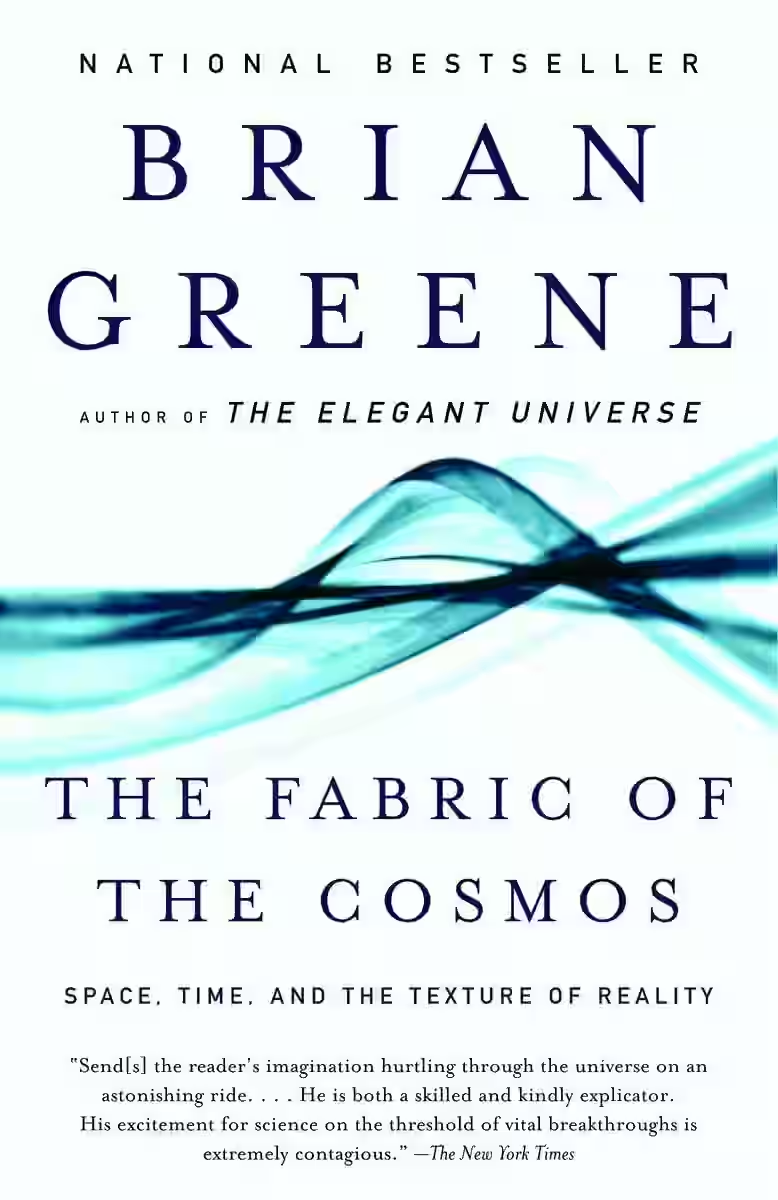
In 'The Fabric of the Cosmos: Space, Time, and the Texture of Reality', renowned physicist Brian Greene unravels the intricate tapestry of the universe, weaving together concepts of space, time, and the very essence of reality itself. Through a brilliant blend of storytelling and scientific inquiry, Greene explores mind-bending ideas like string theory, quantum mechanics, and the nature of black holes in a way that captivates both scientific enthusiasts and general readers. This book takes readers on a journey through the most profound questions about the cosmos, challenging perceptions and expanding horizons. Greene's clear and engaging prose makes complex theories accessible, inviting readers to ponder the very fabric of existence.
About Brian Greene
Brian Greene is a renowned theoretical physicist, mathematician, and author known for his contributions to the field of string theory. Born on February 9, 1963, in New York City, Greene received his education from Harvard University and Oxford University. His groundbreaking books, including 'The Elegant Universe' and 'The Fabric of the Cosmos,' have brought complex scientific concepts to a wider audience, making them accessible and engaging. Greene's ability to blend science and storytelling has had a profound impact on popularizing physics and inspiring readers to explore the mysteries of the universe. As a gifted communicator, he continues to shape our understanding of the cosmos through his writing and presentations.
Other Books by Brian Greene
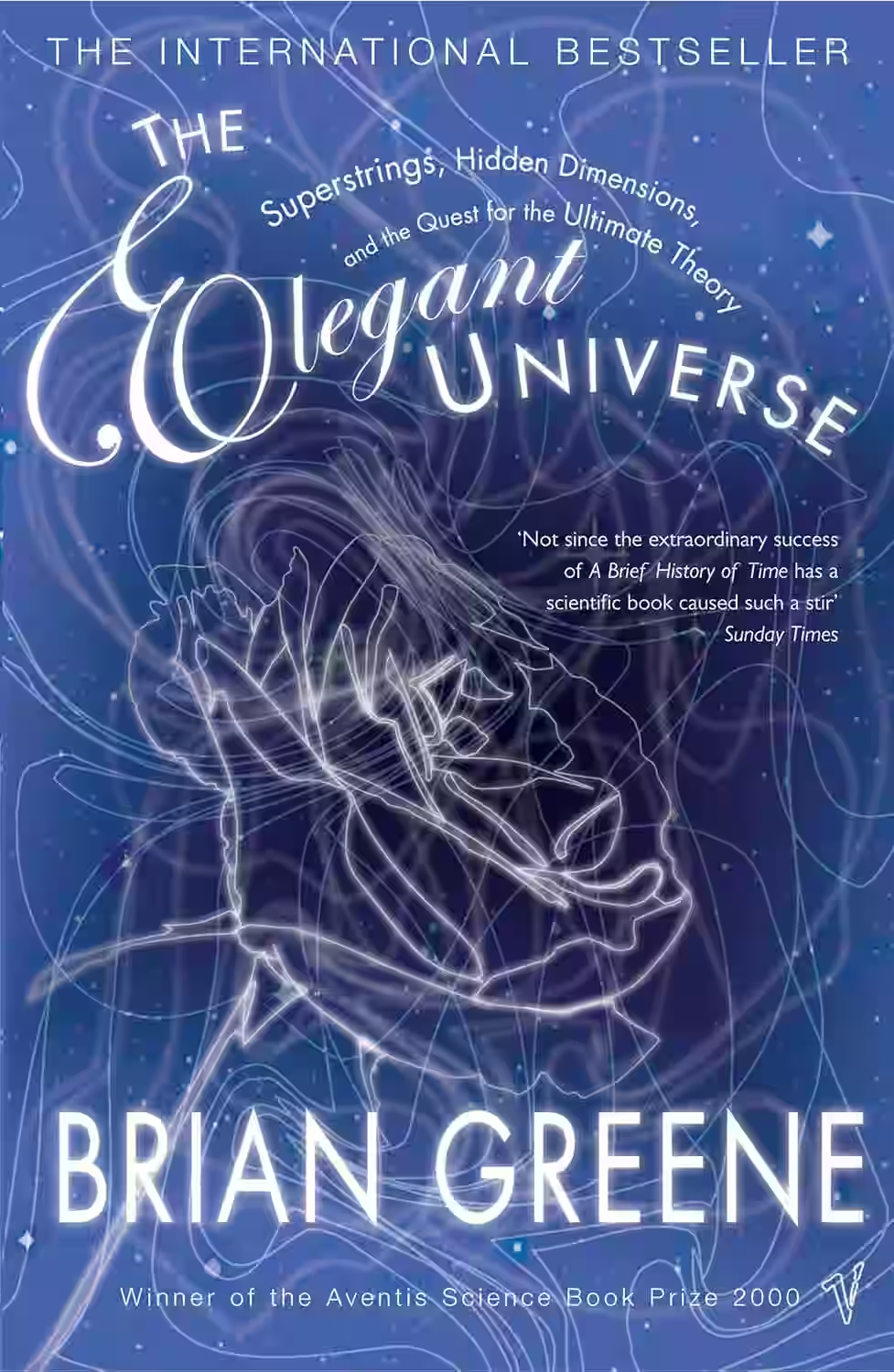
The Elegant Universe
by Brian Greene
In 'The Elegant Universe' by Brian Greene, readers are taken on a captivating journey through the complex realms of physics and string theory. Greene masterfully weaves together theoretical physics and practical explanations, making profound concepts accessible to a wide audience. Through discussions on general relativity, quantum mechanics, and the search for a unified theory of everything, Greene explores the fundamental nature of reality and the intricate fabric of the universe. The book delves into the minuscule world of strings and extra dimensions, offering a thought-provoking exploration of the cosmos. 'The Elegant Universe' is a mind-expanding read that challenges perceptions and ignites curiosity about the mysteries of the universe.
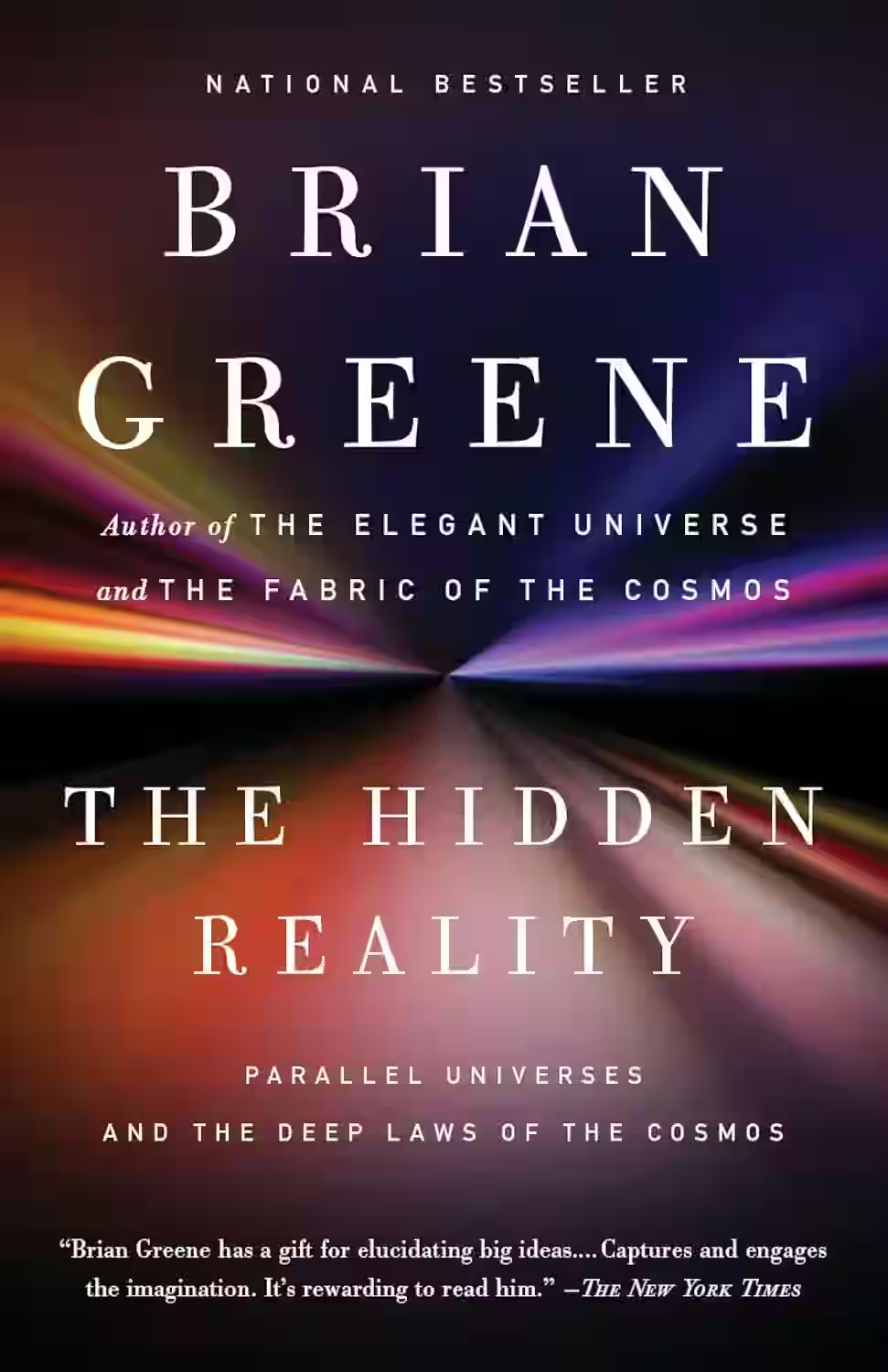
The Hidden Reality: Parallel Universes and the Deep Laws of the Cosmos
by Brian Greene
In 'The Hidden Reality: Parallel Universes and the Deep Laws of the Cosmos,' Brian Greene takes readers on a mind-bending journey through the concept of parallel universes and the fundamental laws that govern our cosmos. Through accessible language and engaging storytelling, Greene explores various theories, from the multiverse to string theory, shedding light on the theoretical possibilities that lie beyond our observable universe. By delving into cutting-edge physics and cosmology, Greene invites readers to expand their understanding of reality and contemplate the profound implications of parallel universes. This book challenges conventional thinking and ignites curiosity about the mysteries of the universe.
Similar Books
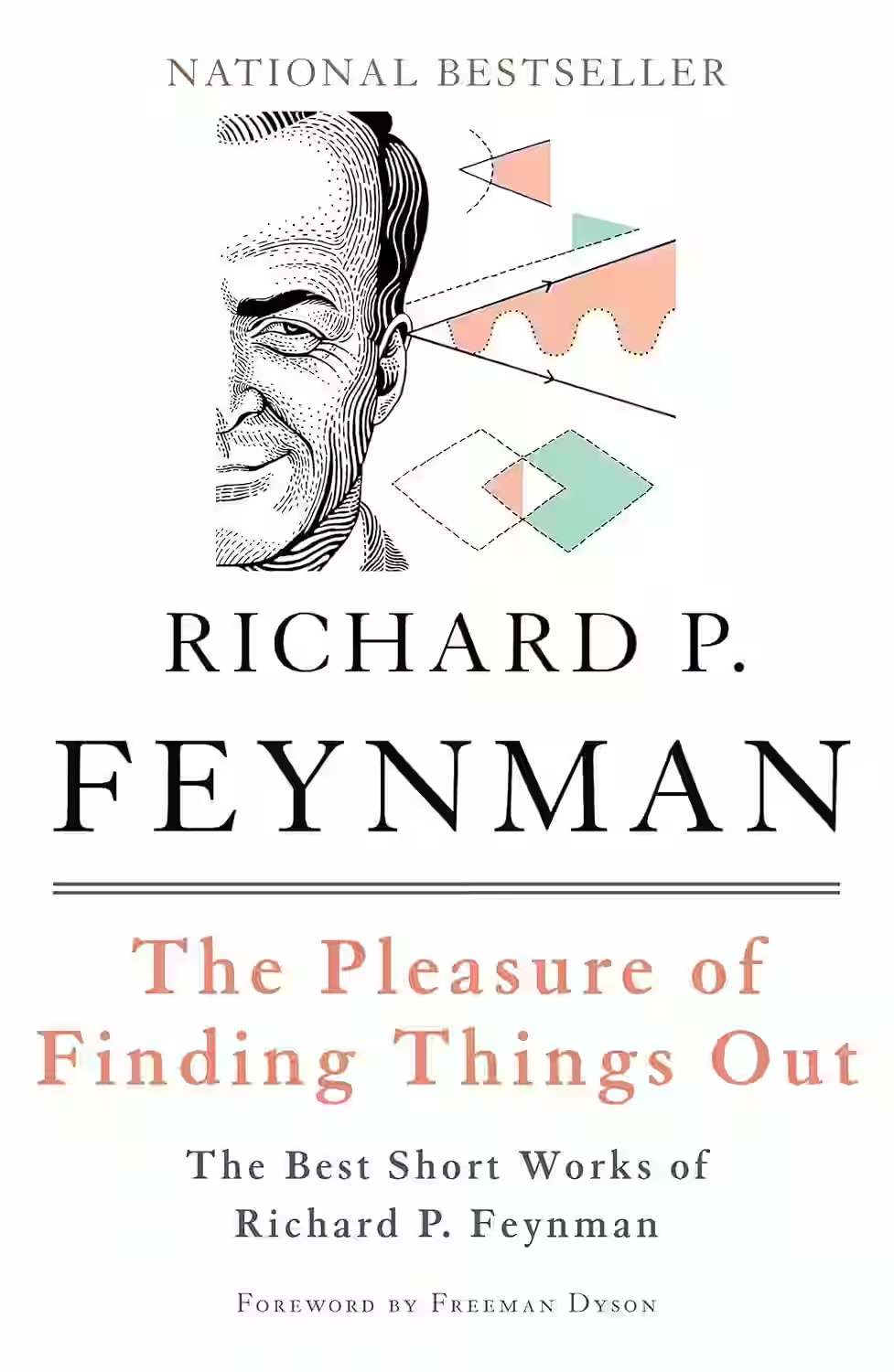
The Pleasure of Finding Things Out
This collection celebrates the remarkable achievements of Nobel Prize-winning scientist Richard P. Feynman, whose work profoundly reshaped our understanding of quantum electrodynamics. "The Pleasure of Finding Things Out" is a magnificent compilation of Feynman's finest short works, encompassing interviews, speeches, lectures, and articles. Offering an intimate and captivating glimpse into an extraordinary life dedicated to science, this wide-ranging treasury explores Feynman's thoughts on science in culture and includes his insightful Nobel Prize acceptance speech. It's a fascinating read for anyone intrigued by the power of ideas and the scientific mind.
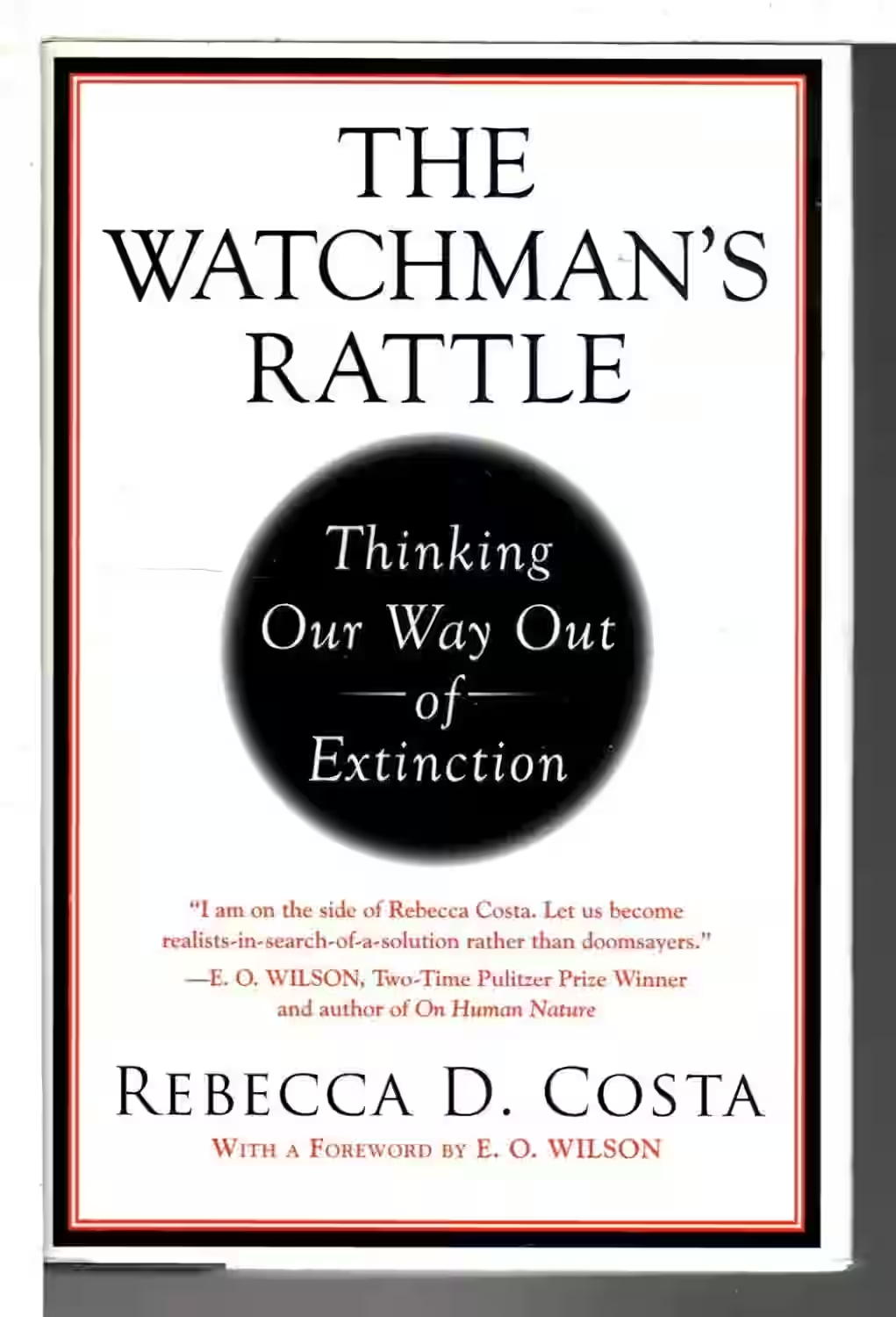
The Watchman's Rattle: Thinking Our Way Out of Extinction
Rebecca Costa’s The Watchman’s Rattle explores how civilizations collapse when complexity outpaces our ability to solve problems. Blending science, history, and psychology, she argues that as global crises become more complex, society risks paralysis unless we evolve our cognitive strategies. Costa introduces the idea of “cognitive threshold,” suggesting we must adopt new ways of thinking—such as intuition and pattern recognition—to survive modern challenges. The book links ancient failures with contemporary threats like climate change and global instability. It’s a call to embrace adaptive thinking before our most pressing problems become unsolvable.
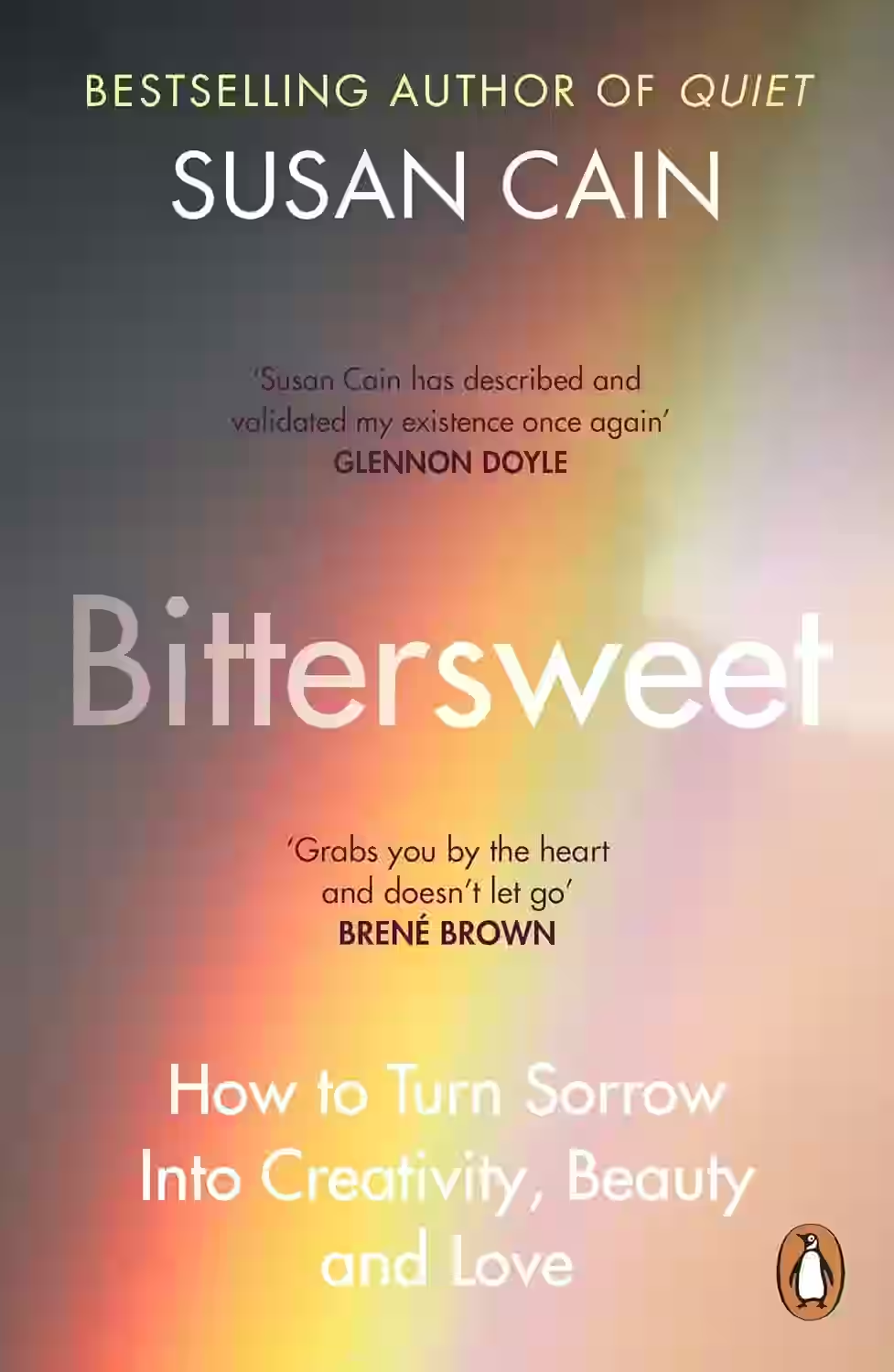
Bittersweet
by Susan Cain
In Bittersweet, Susan Cain examines the power of embracing sorrow and longing as essential aspects of the human experience. She argues that acknowledging and accepting these emotions can lead to greater creativity, connection, and fulfillment. Drawing on research and personal anecdotes, Cain challenges the cultural emphasis on constant positivity, advocating for a more nuanced understanding of happiness. The book offers a compelling perspective on the value of melancholy and its role in leading a meaningful life.
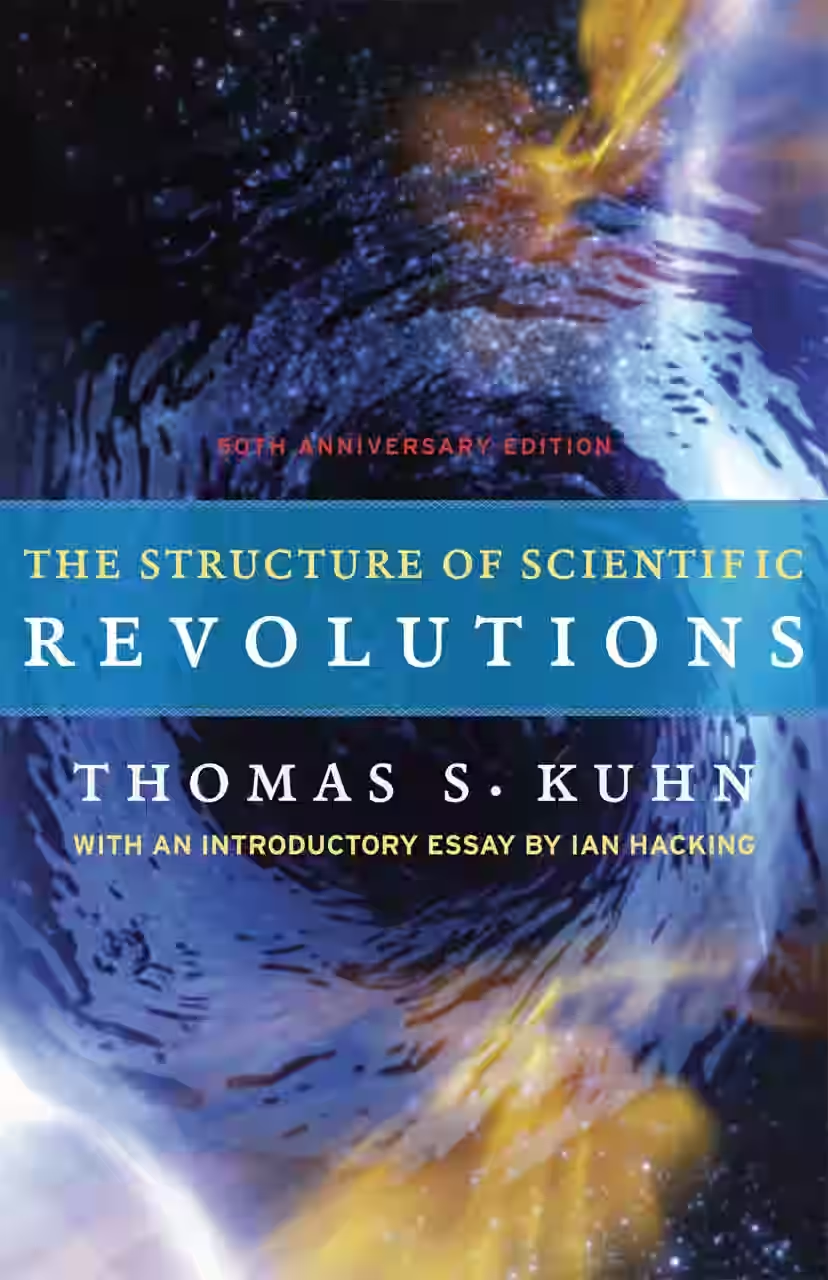
The Structure of Scientific Revolutions
Kuhn’s seminal work revolutionized how we understand science. He argues that scientific progress doesn’t occur gradually, but through paradigm shifts—periods of radical change in fundamental frameworks. Normal science operates within accepted paradigms until anomalies accumulate, prompting a crisis and eventual revolution. Kuhn uses historical case studies to illustrate this cycle, challenging the belief in linear scientific advancement. First published in 1962, The Structure of Scientific Revolutions has had a lasting impact on the philosophy of science, influencing fields from sociology to history. It remains essential reading for anyone seeking to understand how scientific knowledge evolves.